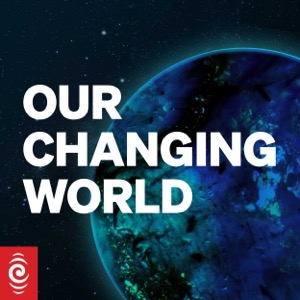Why we are still monitoring the ozone hole
Our Changing World - A podcast by RNZ - Wednesdays

Almost 40 years on from the first reports of the Antarctic ozone hole, and 35 years since the Montreal Protocol to ban CFCs came into effect, what’s going on with the ozone hole? How does it form? How do we measure it? And having solved the CFC problem, why are we still monitoring ozone so closely? Claire Concannon heads to NIWA's Atmospheric Research Station in Lauder, Central Otago, to find out. Guests:Dr Richard Querel, NIWADr Ben Liley, NIWADr Olaf MorgensternLearn more:Read the article that accompanies this episode.This year’s World Meteorological Organization ozone bulletin was positive about the recovery trend for the ozone layer.In Ozone holes & UV radiation Alison Ballance investigates the particularly large ozone hole of 2020, and why New Zealand has such high UV levels.The University of Otago researchers who published findings indicating a growth in the ozone hole in some parts of the stratosphere spoke to Morning Report last year.Thanks to Ngā Taonga Sound & Vision for some recordings from the 1980s and 1990s used in this episode.Sign up to the Our Changing World monthly newsletter for episode backstories, science analysis and more.Go to this episode on rnz.co.nz for more details
